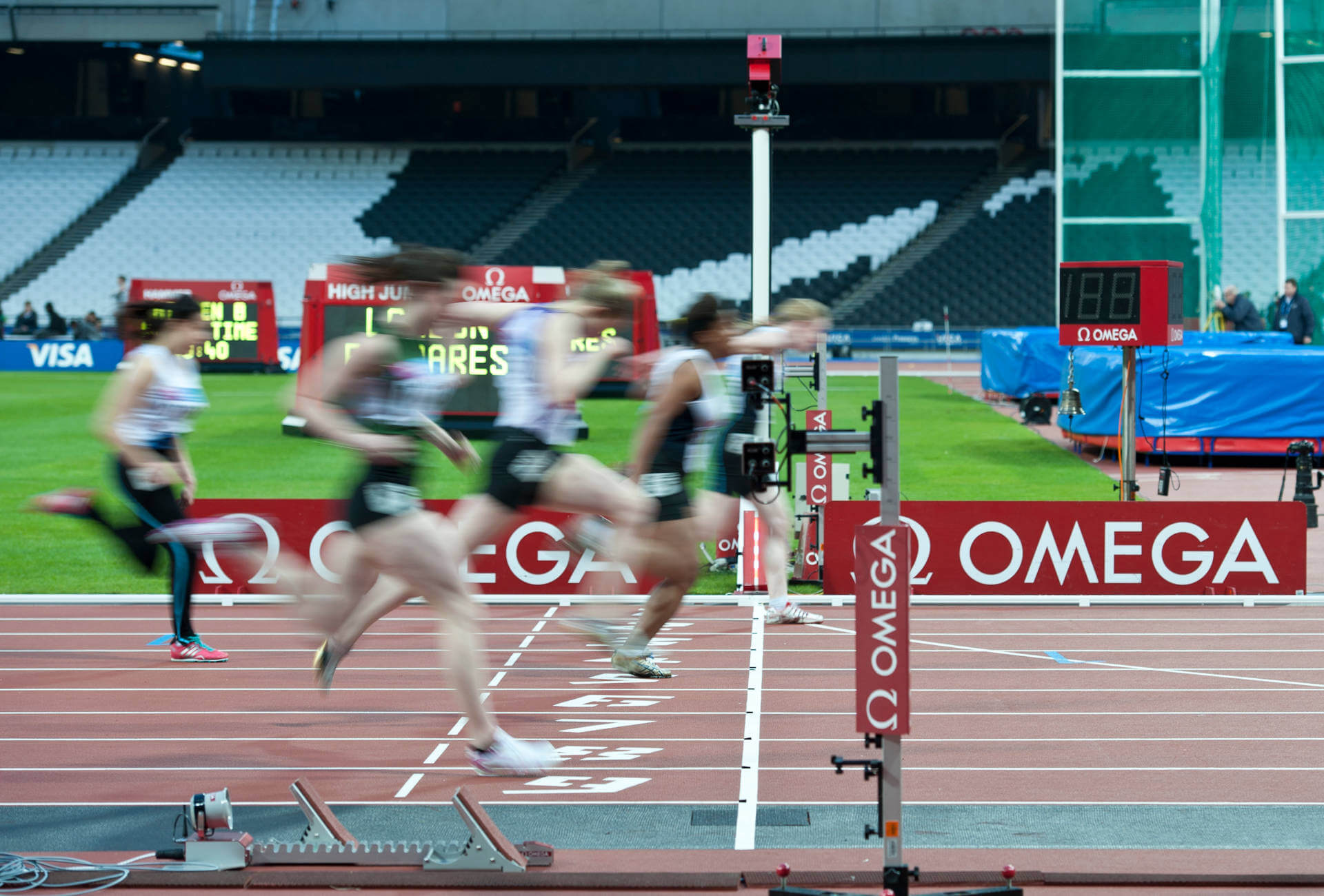Invented in 1816 by Louis Moinet as a way to track astronomical objects (although its name would come some time later), the chronograph complication has been involved in several walks of life – supporting everything from artillery fire to piloting airplanes to submarine manoeuvring. However, for many people the complication is still best-known for establishing precision timekeeping in sport. The typical chronograph complication involves an independent hand (often longer and thinner than the other hands on the dial) which measures elapsed time in seconds, controlled by pushers which can start, stop and (since 1844) reset the mechanism.
Becoming an icon in sport
While the chronograph may have been invented in the 1810s, it was Nicolas Rieussec who introduced the first commercial chronograph in 1821, after Louis XVIII requested that the watchmaker find a way to time horse races (the French King was a renowned equestrian fan). The result of Rieussec’s work had a profound effect on how competitive sport developed, with races no longer being determined by who broke through the tape first, but by timekeeping (allowing for records to be created, challenged and ultimately beaten).
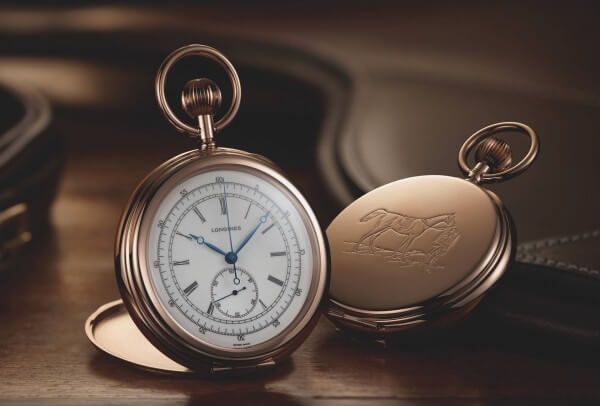
With the heritage of the chronograph rooted within a sporting environment, it is unsurprising that through the development of mechanical timepieces, brands would look to this complication as a way to help establish their credentials on the sporting scene. Longines, for instance, began using the complication in 1878 for their Equestrian Pocket Watch Jockey 1878 as a way to integrate themselves into the cultural fabric. Indeed, this high-performing chronograph pocket watch made Longines a constant presence on American racetracks.
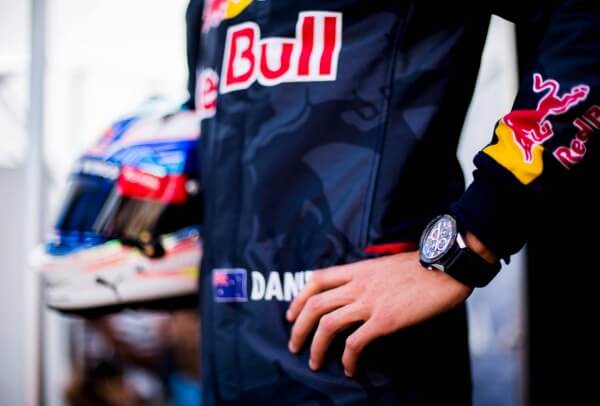
When chronographs were later introduced into wristwatches (led by the likes of Patek Philippe, TAG Heuer, Breitling and Hamilton), they became notably popular among Formula 1 drivers. TAG Heuer in particular was known for producing much-loved chronograph watches that were often found on the wrist of F1 racing drivers. One of the most memorable examples of this was the popularity of the 18k gold automatic Carrera with the 1970s and 80s Ferrari team (multi-championship winning driver Niki Lauda was often spotted with this timepiece on his wrist). However, even before that, TAG was making connections to the F1 scene, including when they gave Swiss racing driver Joseph “Jo” Siffert a TAG Heuer Autavia to wear while he raced.
Needless to say, Omega has played a crucial role in establishing enhanced timekeeping technology for the world of sport.
For many though, the chronograph is most closely associated with the Olympic (and Paralympic) Games and Omega. The partnership between the Olympics and Omega started in 1932, when the brand introduced 30 pocket-watch-styled chronographs and counters to time certain events during the Los Angeles Games. While similar chronographs continued to be used up until the 1960s, new developments began to show that the chronograph would inevitably be replaced by advanced technology (with Omega introducing the first electronic timekeeping apparatus at the 1952 Helsinki Games and touchpad technology for swimmers at the 1968 Mexico Games). Needless to say, Omega has played a crucial role in establishing enhanced timekeeping technology for the world of sport, with mechanical chronograph watches no longer required during sporting events.
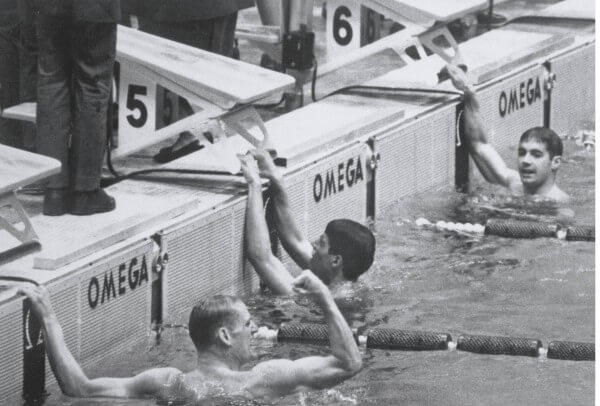
A fashionable complication with authenticity
So, what does the chronograph actually offer today’s modern watch buyer? Digital technology has all but made the function redundant for its original usage, and in terms of aesthetic it’s hardly the most fanciful of complications. In fact for those who aren’t entirely savvy about their mechanical timepieces, they might not know they even have one.
Despite all this, the chronograph complication has remained arguably the most popular and desired among watchistas – with timepieces such as the Zenith El Primero Chronomaster Lady showcasing how the complication has made the transition into women’s watch design. While Patek Philippe’s classically designed chronographs remain enamoured by many a connoisseur of Haute Horology, the more sporty models that Rolex, TAG Heuer, Breitling, Zenith and Omega have introduced to the world still invoke a reminder of the rugged manliness of the 60s to 80s F1 scene.
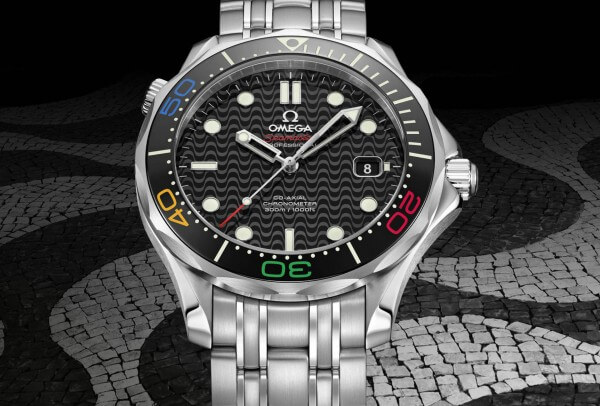
While the chronograph has lived beyond sporting use, the heritage of the complication is so firmly entwined with timekeeping, sport competitions and athletes that without a chronograph, luxury sport-related watches may in fact lose some legitimacy. For instance, all three of the limited-edition wristwatches that Omega released to celebrate the 2016 Rio Olympics and Paralympics (a Speedmaster Mark II, Seamaster Bullhead and Seamaster Diver 300M) uphold the chronograph, making it central to the watches’ designs.
During the Rio Games, we witnessed the likes of Katie Ledecky, Wayde van Niekerk, Adam Peaty and the British women’s pursuit cycling team smash world records, while being timed by some of the most impressive digital technology known to man. Yet this arguably would never have been possible were it not for the innovative minds of two French watchmakers in the early 1800s. To us, both Louis Moinet and Nicolas Rieussec deserve a gold medal.













